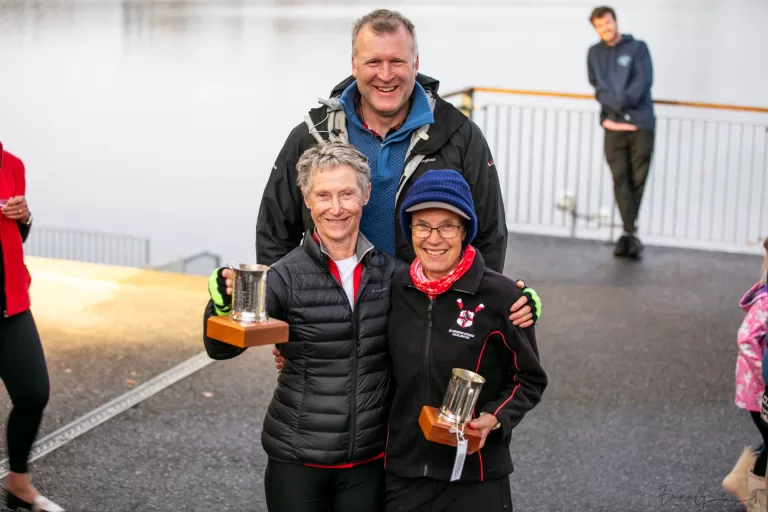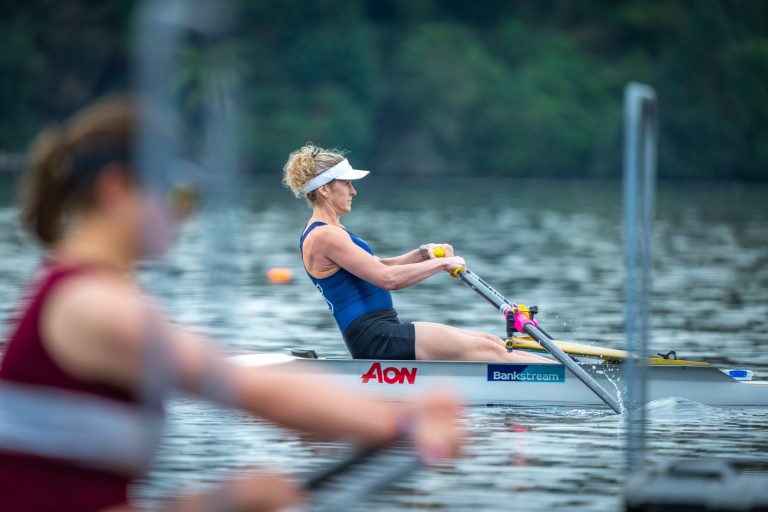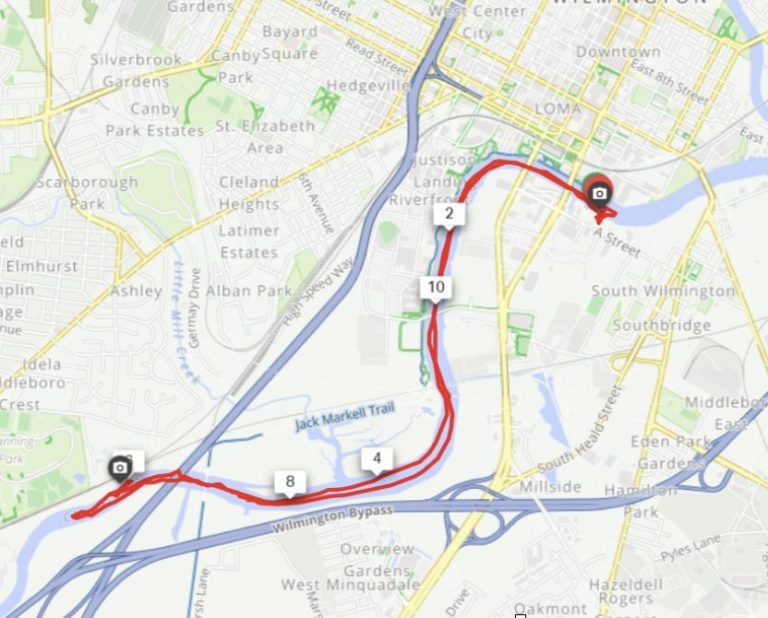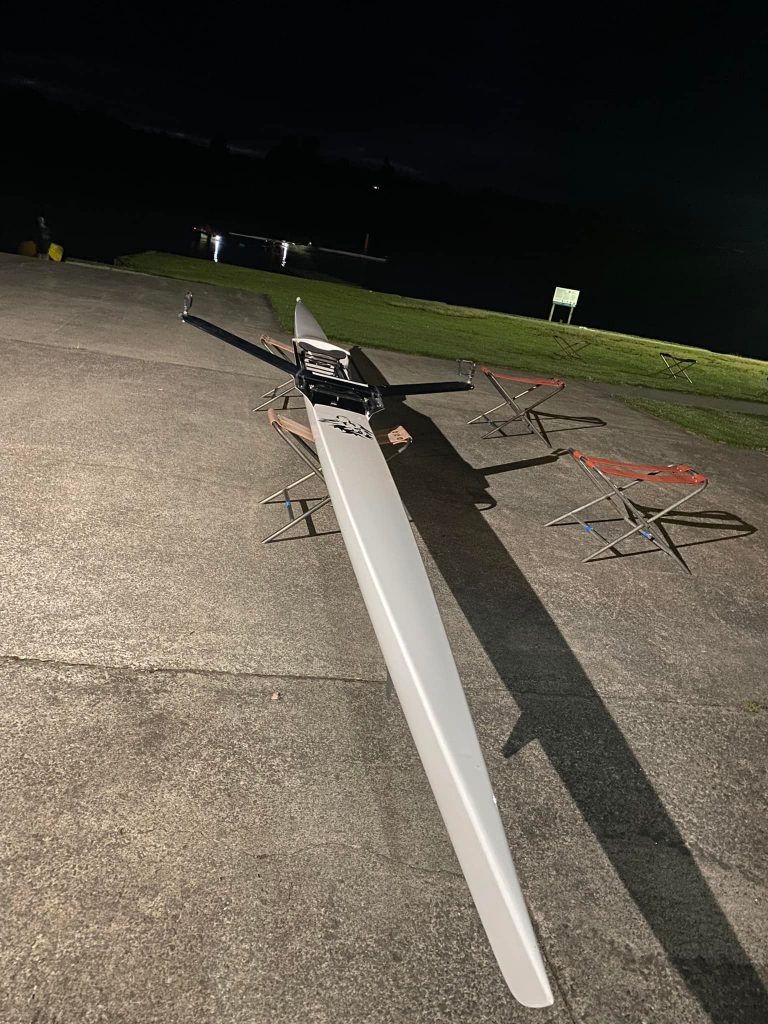Legion May 2024 Regatta Prizewinners

Mahe Drysdale recruited his children to assist with prizegiving.

Mahe Drysdale recruited his children to assist with prizegiving.

Looking for the right training recipe to boost your results this year? Race pace workouts are a key ingredient for boat speed. Your conditioning is going to improve through the season. In the early weeks develop a solid base of…

As the age-groups roll by, your ability to simply rack up more miles on the river is not an option. Workout time is at a premium. Post-exercise recovery is a force to be reckoned with. So to keep getting faster…

Missing buoys, steering off course, falling out of your boat, being late to the start, rushing the slide, or stopping too soon before the finish line are only a few of those rookie mistakes common to the new competitive sculler. …

You might have noticed in last month’s newsletter a photograph of me with my new friends from Piermont Rowing Club on the Hudson River in New York. Rebecca has prevailed on me to write a bit more about my experience.…
There are five core considerations when you want to row or work out but have family commitments. These are: Times of day to train Partner support Finding a crew who understands Ergometer (rowing machine) training versus water training Racing and…
The big green thing is an old winch that I restored from a rusty old heap of steel found in a corner of the shed. The other photo includes the “John Barton” Stampfli doubles, given to me by West End.…

At last you can start rowing on the water again. Your instincts tell you to seize your oars and row, rejoicing that erging is over once again. No doubt it feels good to go pump out a 15k, toss in…
How does a kiwi get to represent the Pacific region at the highest level for World Rowing? I was reading the World Rowing website and noticed a formal announcement that Lee Spear (New Zealand) was retiring from his position. I…